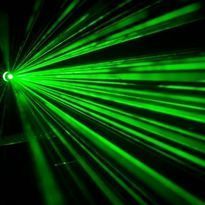In Mosa Mack’s Evidence of Energy Transfer unit, students are led through a progression of three inquiry lessons that focus on the identification of different forms of energy and conversion of energy from one form to another.
- Lesson 1

Energy Transfer Message Mystery
Students work together to complete an Evidence of Energy Transfer vocabulary Mind Map before helping JoJo and Felix resolve a family feud. By the end of The Solve, students discovery that energy can exist in many forms and can transfer from one form to another, especially when being used as a communication tool. (40–75 mins)
- Lesson 2

Discover Types of Energy Transfer
Students explore evidence to show that different types of energy exist and can be transferred from place to place. The types of energy transfer include light, heat, electrical, energy of motion, and sound. (140–145 mins)
- Lesson 2

Lesson 2: Extension
Students will conduct investigations and develop models in order to explore properties and characteristics of mechanical, light and sound waves. In a final challenge, students will use properties of light and sound waves to communicate in code and will compare multiple solutions that use patterns to transfer information.
- Lesson 3

Energy Transfer System
Students construct a Rube Goldberg machine that can demonstrate a chain reaction system with at least two energy transfers. (170–215 mins)